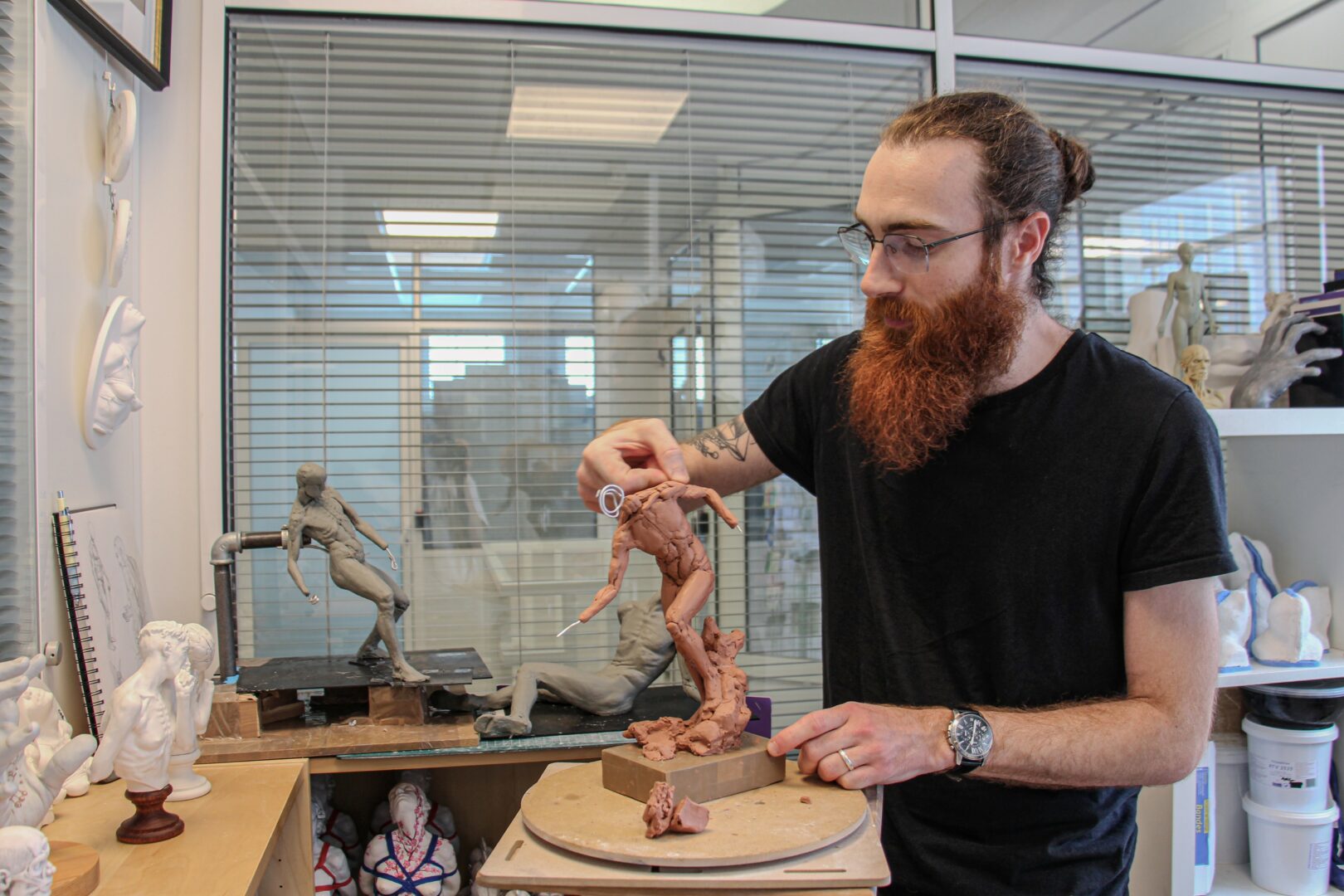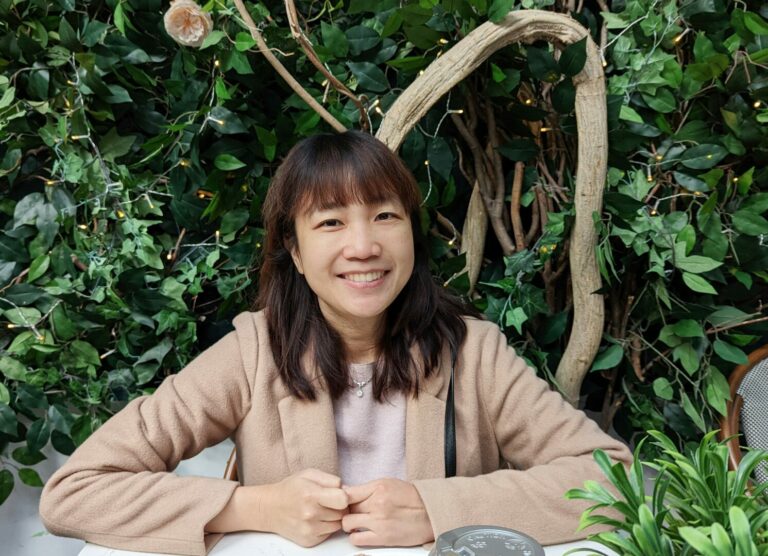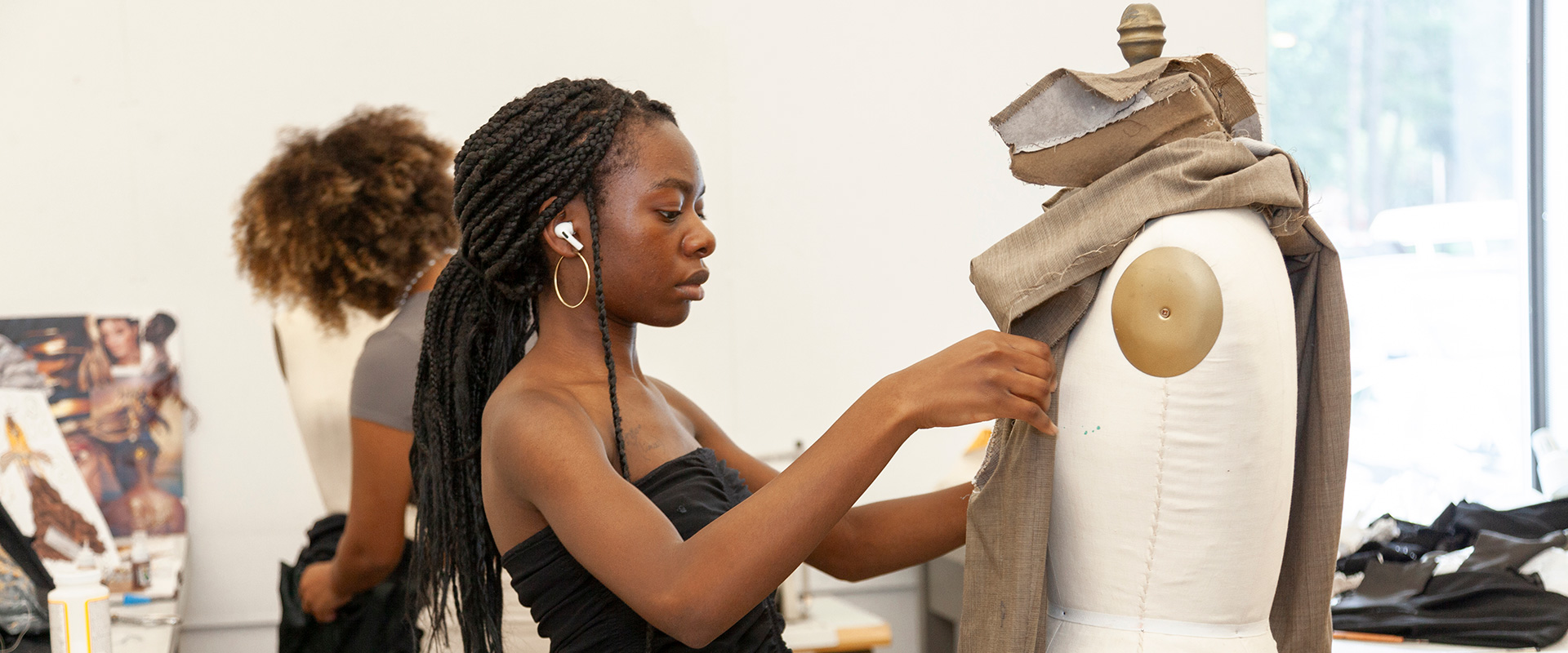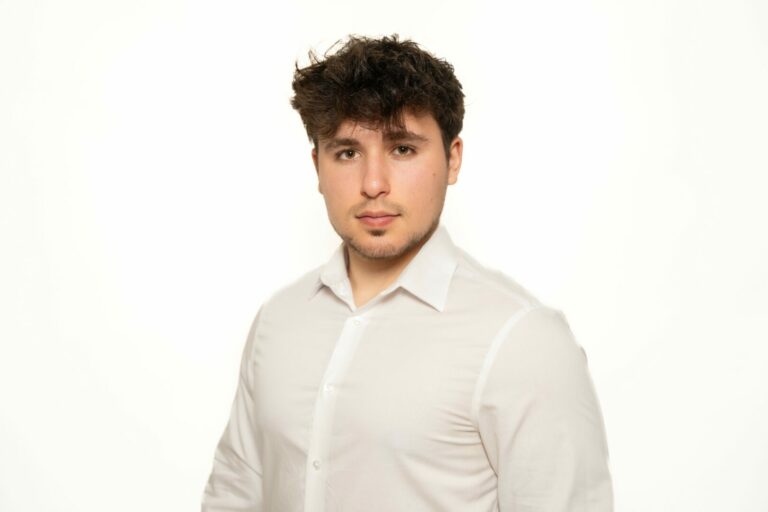Alright – so today we’ve got the honor of introducing you to Florian Sohard. We think you’ll enjoy our conversation, we’ve shared it below.
Florian, looking forward to learning from your journey. You’ve got an amazing story and before we dive into that, let’s start with an important building block. Where do you get your work ethic from?
I was a bookseller for ten years before becoming an independent worker. Over the course of my career, I developed a quite high level of professionalism, which was reflected in a welcoming attitude and a certain sense of customer relations. In the bookshop, I always tried to behave towards people in the way I wanted them to behave towards me, by being kind, polite and understanding. In my private life too, I find it essential to show empathy and put myself in the person’s shoes as much as possible, and this has necessarily infused my way of working as an artist. For example, you have to realize that not everyone can afford to buy a work of art. Once they’ve paid their rent or mortgage, their food, their bills and their unexpected expenses, few people have the budget left for an non-vital cultural product, especially in these inflationary times. The least I can do is to thank them in my own way, by taking the greatest care with their request, showing them as much as possible that I’m grateful to them for liking my work so much that they are willing to buy it.
Listening to customers was an essential aspect of customer service in bookshops. We had to study their requests and respond to their needs, sometimes even satisfying their desires before they knew how to formulate them. Today, I apply this to my activity. When I create a commissioned work, I make sure I take my time to question the customer and understand as much as possible what he or she has in mind. Of course, this saves me time by avoiding multiple corrections during the process, but it also participates to the satisfaction of the person who feels considered. I always come back to this: I want the people who appreciate my art to feel that I’m grateful to them.
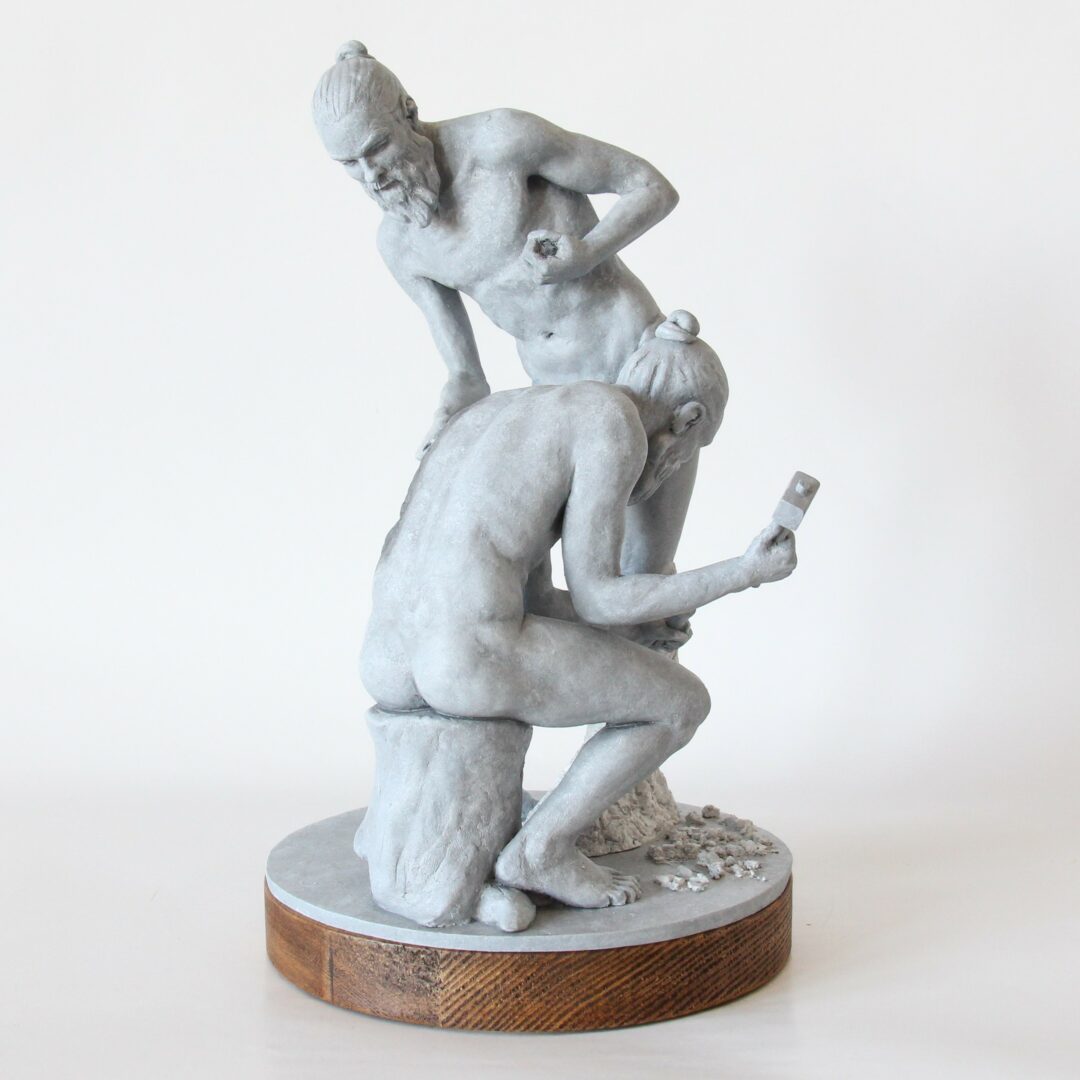
Great, so let’s take a few minutes and cover your story. What should folks know about you and what you do?
I’m a figurative sculptor, self-taught, and it’s been my main activity since 2021. I switched over after ten years of working in various bookshops, until I had a difficult work experience with toxic management. Because of this and similar stories from friends in other stores, I slowly lost the motivation I had when I started out and was happy to work in an independent bookshop. After the first Covid-19 lockdown, in 2020, I had a burn-out that forced me to leave the place where I was working, with no possibility of a jobless allowance. As luck would have it, while I’d been learning sculpture for two years, I had the opportunity to start working as a professional sculptor by working with a publisher friend to create sculptures based on his books. These were the first commissions I received, which gave me visibility with this publishing house’s public, generated my first sales, and enabled me to get started.
My personal work focuses on the body, its representations and what they convey. I try to capture instants in which an emotion, a moment of everyday poetry shines through in a gesture or an attitude. I’m not looking for hyperrealism. My primary aim is to achieve a level of expressiveness sufficient to speak to any viewer, whether or not they have the cultural background or codes necessary to understand a work of art. Of course, my sculptures have a particular symbolism and a more hidden meaning that I detail in my notes of intent, to dive even deeper into my purpose, but I refuse to have a viewer without an art education or explanatory text unable to understand or appreciate the work. This is very important to me: my sculpture must be expressive enough for anyone to appreciate it at least partially through empathy.
Further to this idea, in recent years I’ve been pursuing another objective with my artistic work, which is to explore the political dimension of our bodies. They carry our genetics, of course, but they are also scarred by our social class, our histories, our trials and tribulations. I also want to represent a diversity of bodies left aside by our norms and habits of representation. Whether they come close to our standards of beauty but are just a little different, or whether they are completely at odds with what we find “beautiful”, all our bodies are real bodies. Images and idealizations, on the other hand, are fantasies, false bodies. I want to pay tribute to our bodies by showing, through my sculpture, that they exist.
In my studio, I do everything by hand. First I model my sculpture with polymer clay, then I make my molds myself, by hand, before making several copies in plaster. I love the manual aspect of my work, and that’s what I was looking for when I left my old job: I wanted to find meaning in what I do, using my hands rather than selling products for wages to a boss that was paid four times as much as I was. In the end, I am an artist, in the strict legal sense of the term, since I have the administrative status of “artist-author” in my country, but I feel more like a craftsman in my day-to-day work. I mix plaster, I bend my armatures, I sand, I clean, I handle heavy molds when I cast my plaster copies, I get dirty, I sometimes burn myself, my mistakes irritate me and my successes make me high. I take great pride in all this, especially as I earn just enough to live on. Personally, I’m a strong believer in emancipation through work if you control your working conditions and your production facilities, and that’s exactly what I’m doing today. I’m very happy about that.
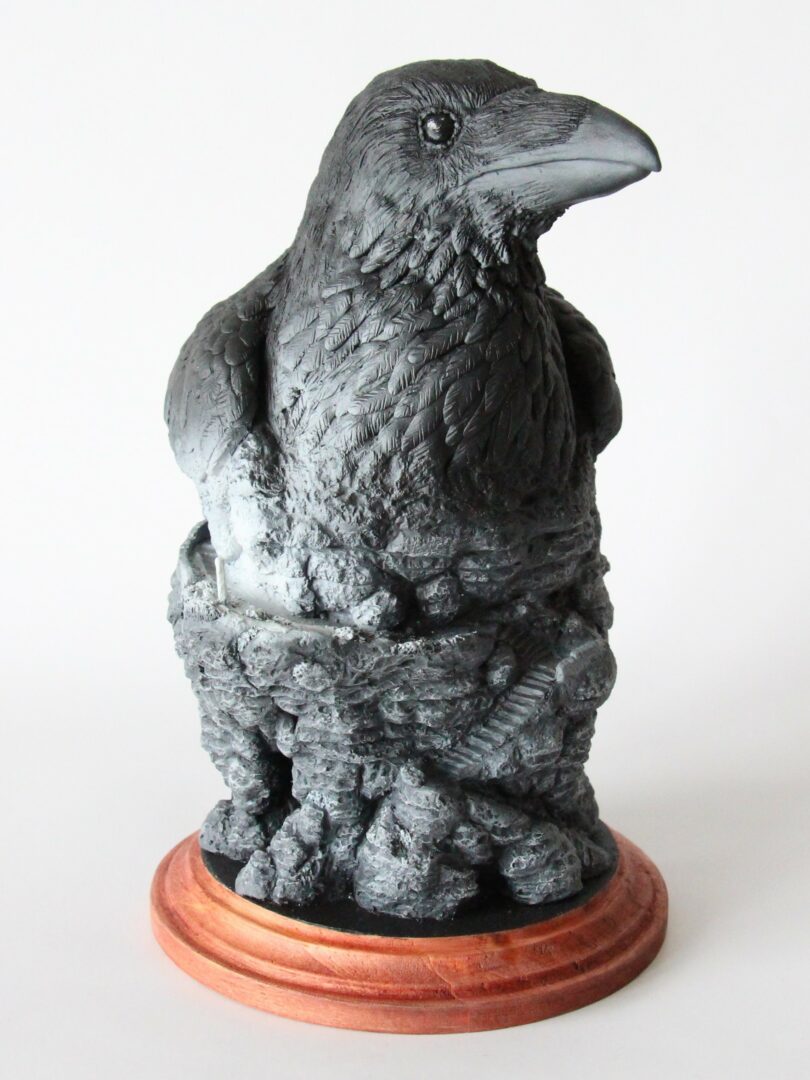
There is so much advice out there about all the different skills and qualities folks need to develop in order to succeed in today’s highly competitive environment and often it can feel overwhelming. So, if we had to break it down to just the three that matter most, which three skills or qualities would you focus on?
For me, the most important quality, on so many levels, is curiosity. Curiosity is what makes us interested in others and able to learn so much from them, whether in terms of life philosophy, aptitudes, skills, knowledge we hadn’t, personal backgrounds and so much more. It’s enriching for us, but also for the person in question. Aren’t we pleased or flattered when someone is genuinely interested in what we have to say? We can be that person for others, learning from them and teaching them in return. What’s more, curiosity is a major asset in our professional and private lives. When you’re continually interested in a wide range of things, you discover new interests and jobs that open doors for you in the future. The career changes that seem to be most effective to me are those in which ideas for new jobs come naturally to mind, because they’re the ones we’ve already unconsciously projected ourselves into. When you’re curious, everything is within reach. You have to cultivate that.
During my studies, I was repeatedly told that a professional network is very important, that you have to rely on it and develop it. And it was true. I only had a few decisive job interviews at the beginning of my professional life. Once I was in a job, I built up relationships with other people in my professional environment, and it was from these people that the opportunities I followed up each time came. A job opening elsewhere? I’d find out about it by talking to someone. A recommendation for another company? I got it from someone I knew. At every difficult moment when I had to leave a company, I got information or a helping hand from someone I knew. So what I’d been taught was true: don’t hesitate to keep in touch with people you know in the business world, go to events where they’ll be, check up on them, without worrying that you only see or write to them once a year. But I’d like to add a nuance that to me seems even more important. Maintaining your network leads to professional opportunities, both from people you like and from people you are not comfortable with. I think it’s better to redouble your efforts for the people you feel good with, because those are the people you’ll be happy to work with later on, not the others. These relationships with people you like can lead to real professional friendships, or even friendships altogether, and it’s through them too that life changes can happen. That’s what happened to me.
As a general rule, being kind, patient and attentive to others is always a good thing. We hear a lot that this kind of character ends up being taken advantage of by unscrupulous people. This may be true, and I encourage all such people to protect themselves from such situations. But let’s not forget one thing: unpleasant people, even successful ones, are always known to be unpleasant, and the word always spreads. No matter how powerful they may be, they will end up being avoided by others, whereas on the other hand, a sympathetic ear and a caring character will always attract people who flee from unpleasant personalities. For artists and freelancers too, your customers are more than likely to spread the word if they’ve enjoyed the experience, and talk about you to others. Respect and consideration always bring positive results.
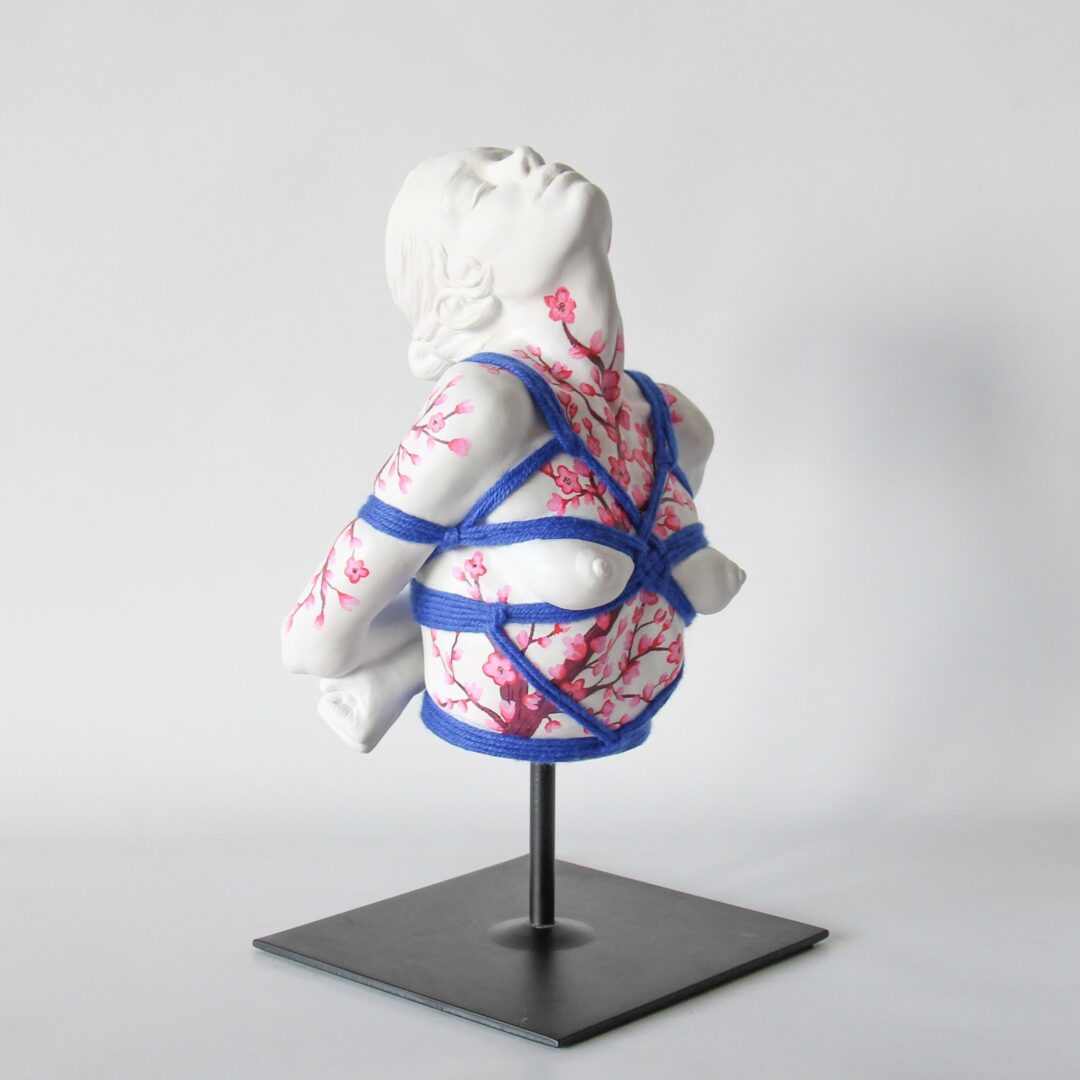
What’s been one of your main areas of growth this year?
It’s been a year of changes in many aspects of my artistic practice. I began to present my work in public at festivals and in bookshop window displays, combining my sculptures with books on the same theme. I also began to develop my artistic approach by covering more political subjects, firstly because it’s very important for me to do so, but also to set myself apart a little more from the majority of figurative sculptors by bringing more of my personality to my works.
But what lies at the crossroads of all these changes is the arrival in my new studio a few months ago. Before that, I worked from home in a small cabinet. Now that I’m working in a larger space, I’ve got this urge to change scale and try my hand at larger compositions. It’s also easier for me to receive the public, as I’ll be taking part in a number of artists’ studio open days this year. I also work alongside other artists and craftspeople who have their studios in the same building, which leaves the door open to collaborations, discoveries of other worlds and other thoughts that will influence my practice. Now that I’m working from here, it’s easier for me to feel legitimate enough to approach galleries or apply for group shows, which is what I’ve been doing lately. I think that’s the biggest change in my practice, from which all the other changes flow. A catalyst for creativity and productivity, so to speak.
Contact Info:
- Website: https://www.floriansohard.com
- Instagram: @florian.sohard.art
- Facebook: @floriansohard.art
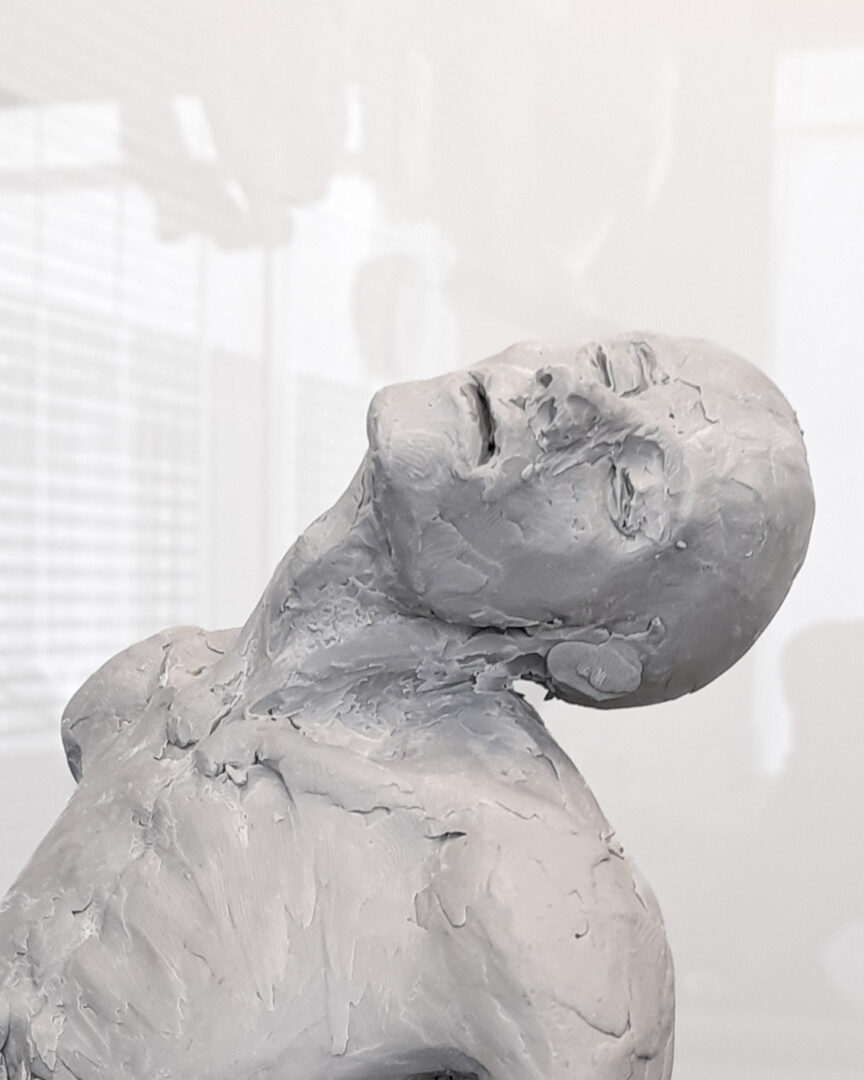
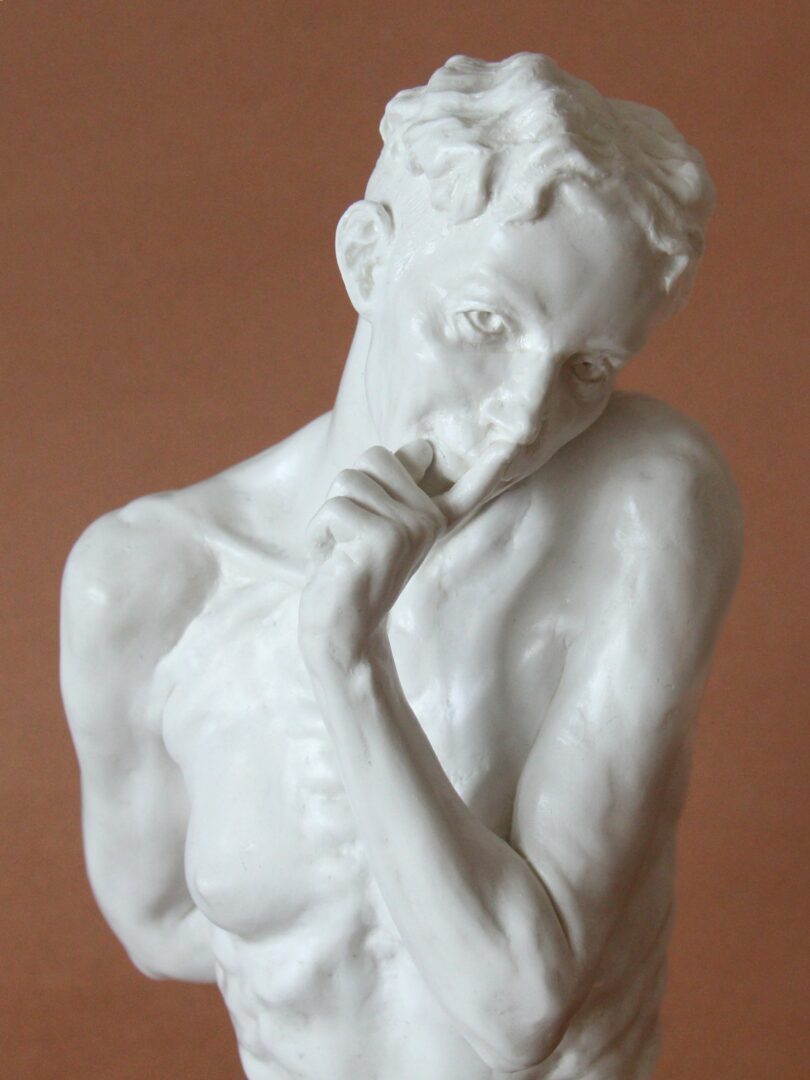
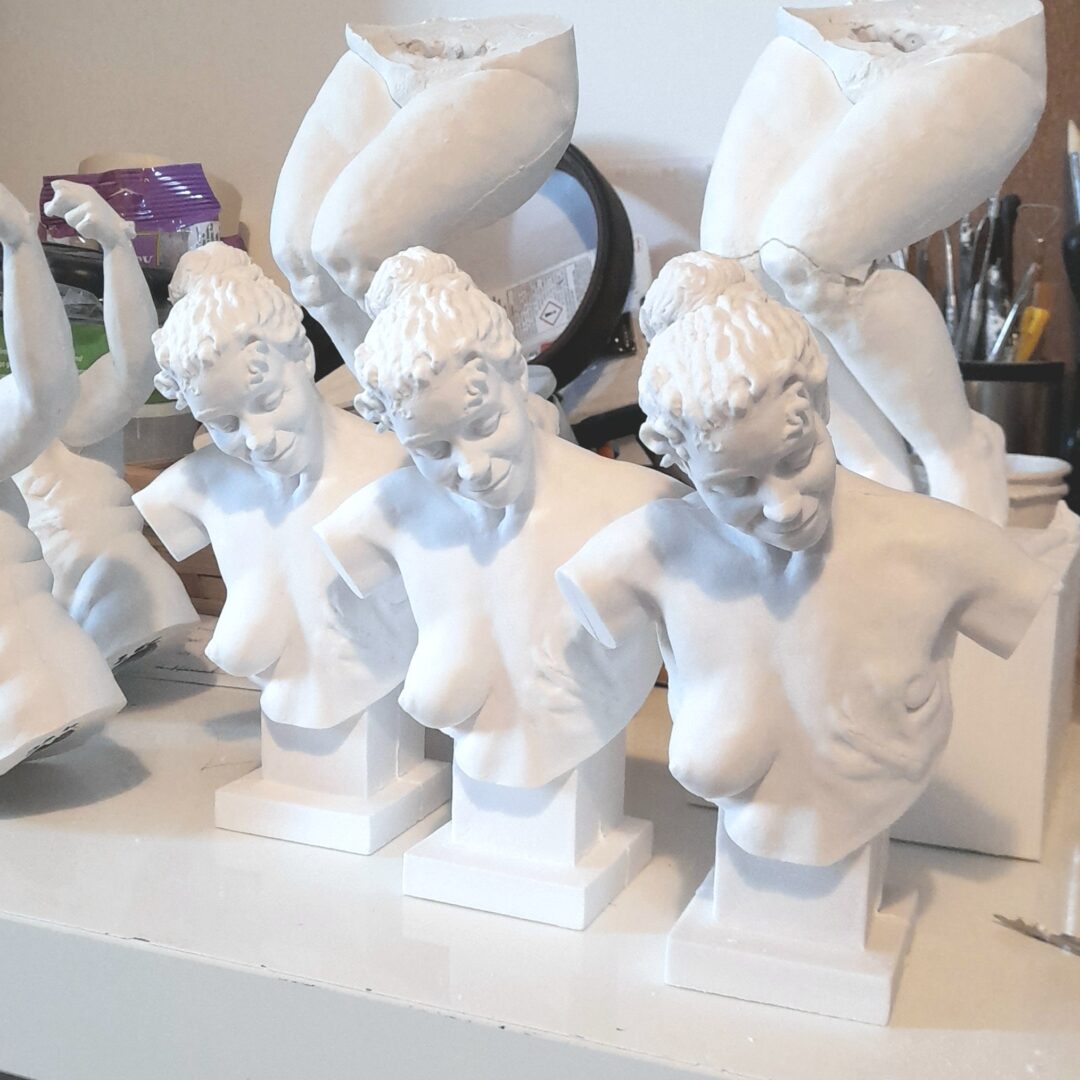
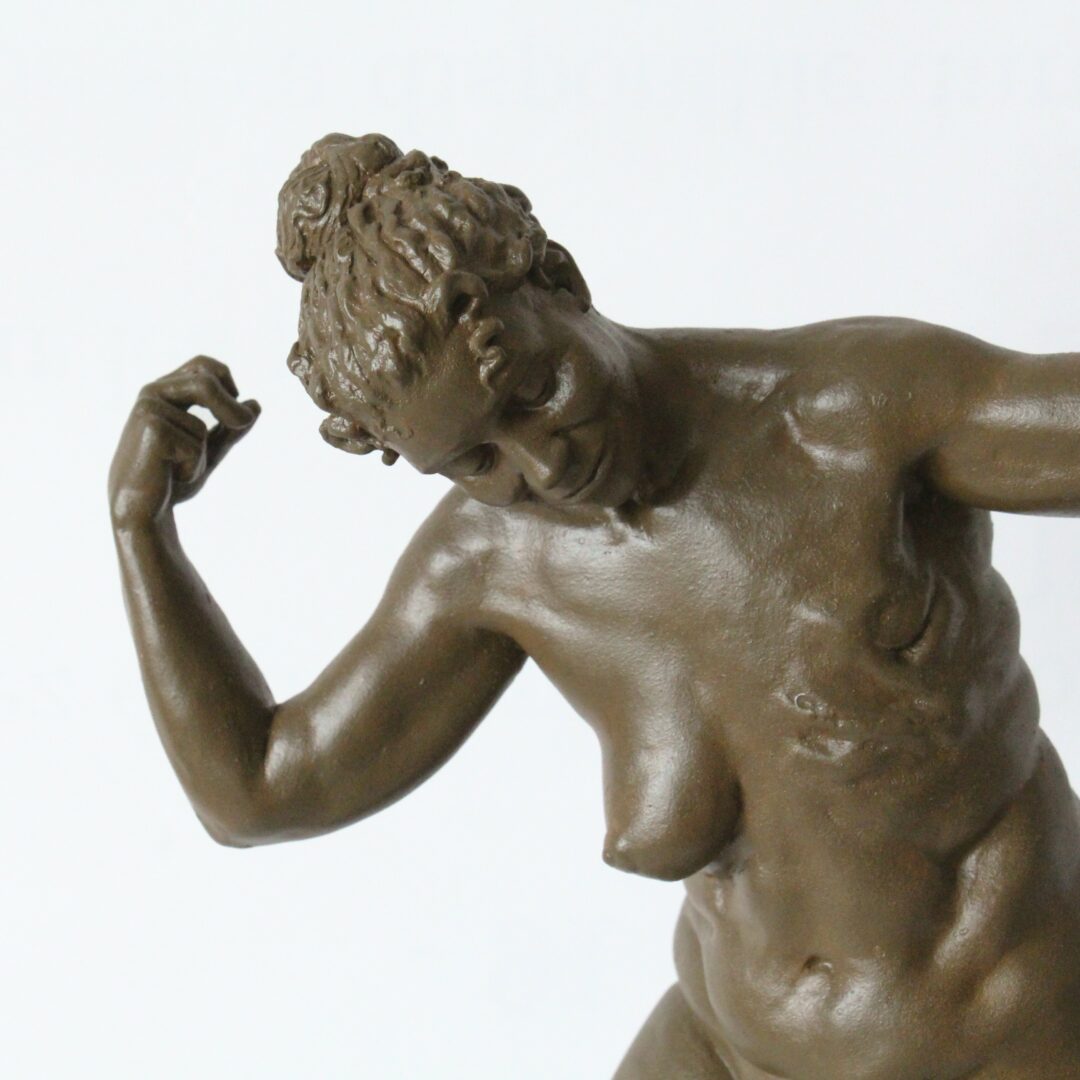
Image Credits
© Florian Sohard
so if you or someone you know deserves recognition please let us know here.

